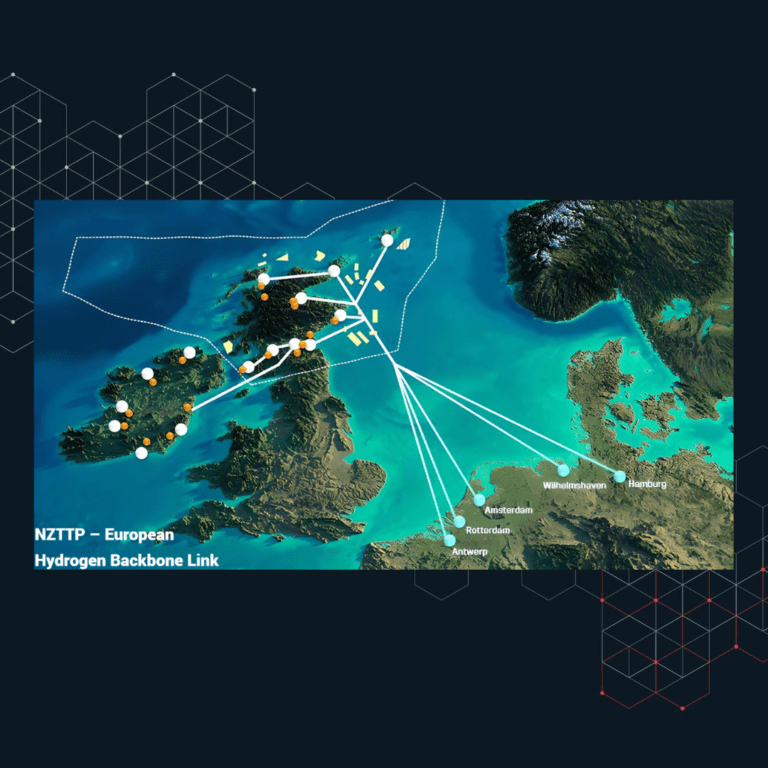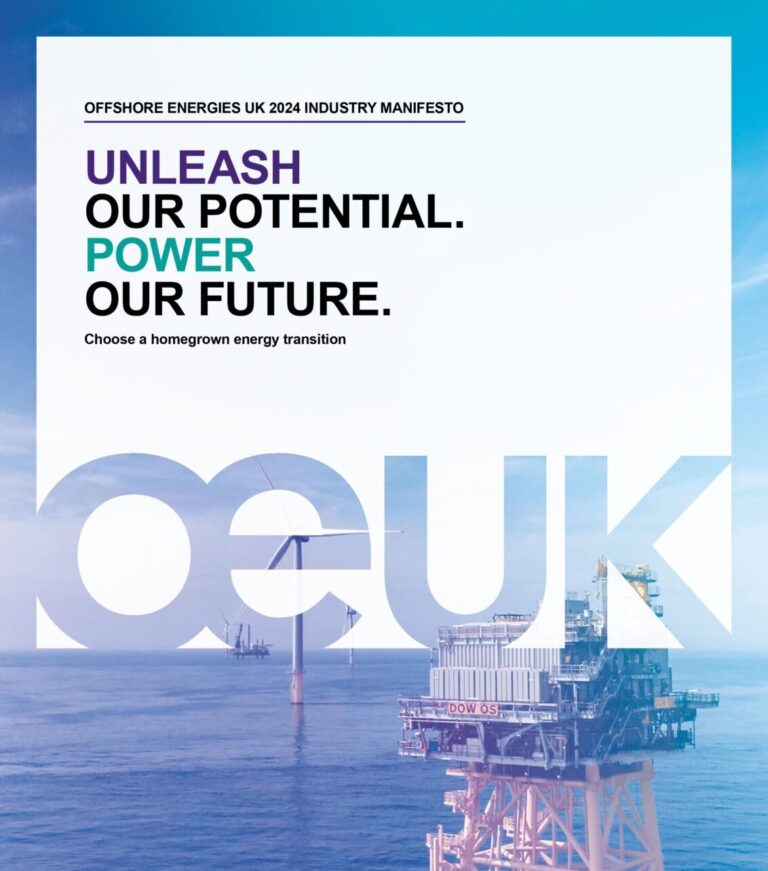Updates to corrosion protection standards expected soon
In a paper presented at a NACE corrosion protection conference in 2015, Anders Rosborg Black, Lisbeth Rischel Hilbert and Troels Mathiesen, corrosion protection experts at Force Technology in Denmark, described some of the major corrosion-related problems on offshore windfarms and the standards currently in use to ensure that offshore wind turbines are protected. As they noted in the conclusion to their presentation, a number of existing standards are in need of updating in light of experience in the industry and the incorporation of more detail relating specifically to conditions that prevail in the offshore wind sector. Work on some aspects of corrosion protection is already underway, for instance, at classification society DNV GL.
Concerns has been expressed about challenges associated with external cathodic protection (CP) of steel structures in shallow waters under often extreme tidal loads as well as possible interactions between the sulphide-rich mud zone and freely corroding steel or steel under CP in the stagnant water inside the foundation. Other concerns relate to controlling maintenance costs for structures that, in contrast to most offshore oil and gas structures, are unmanned.
In recent years, unexpected corrosion-related issues have emerged especially as regards monopile structures. Externally, corrosion in general is well understood and similar in nature to the challenges observed elsewhere in the offshore industry. However, internal corrosion has emerged as more of an issue, and guidelines and standards have been found to be inadequate. “Issues such as fatigue life, internal (and external) CP design and internal CP and corrosion monitoring have become unexpected and costly challenges, since working offshore in confined spaces provides large logistical as well as safety challenges,” they note.
The design basis and corrosion protection for foundations is described in guidelines by DNV GL and, to a large extent, is based on experience from the offshore oil and gas industry. As Force Technology notes, externally in the atmospheric and splash zones, the use of coating is mandatory, whereas the use of coating in the submerged zone is optional and primarily intended to reduce the required CP capacity, and external surfaces of the submerged zone need CP. In the splash zone, CP may be assumed to be fully protective below mean water level (MWL). In most projects, CP is undertaken using galvanic anodes placed on the transition piece, but impressed current CP systems are also applicable in an increasing number of projects. At present, said Force Technology, no precise guidelines are provided for the internal corrosion protection. However, for the atmospheric zone, corrosion allowance may replace coatings. Similarly, the use of coatings is optional for the splash zone, whereas submerged surfaces may be protected by CP or corrosion allowance with or without coatings. Hence, at the moment, the corrosion protection strategy for the internal surfaces is not well defined and up to the individual owners or designers.
“The design for corrosion inside a monopile foundation anticipates low, uniform corrosion rates in a closed compartment,” said Force Technology, noting that seawater and thus oxygen ingress have been detected in 2–10-year-old foundations, increasing corrosion rates and localising attacks. These unexpected changes to the design assumption were determined during inspections and surveys related to grout failures that, in a large number of northern European windfarms, caused setting of the transition piece in relation to the monopile. In several cases, this has reduced the gap between the brackets and the top of the monopile from approximately 20mm to 0mm in some cases, entailing that the brackets are exposed to unintended structural stresses. This in turn leads to concerns that changed load patterns might increase the risk of fatigue. In response, several windfarm owners have retrofitted existing monopile structures with internal galvanic anodes, and more recent projects sometimes include internal CP as part of the design basis.
In their paper at the NACE conference, Force Technology’s experts also noted that, although internal CP is currently being installed in windfarms, there are challenges with such systems, including passivation of aluminum anodes, reduction in pH values, hindering of calcareous scale formation, stray current effects and excessive formation of hydrogen gas or accumulation of hydrogen sulphide. However, further internal CP retrofit is costly and difficult since work must be carried out offshore in confined spaces, and the strategy most likely must be determined on a case by case basis, since designs and conditions differ between various windfarms. Another issue is the risk of high levels of localised corrosion in the mud zone due to differential aeration or microbiologically influenced corrosion.
Force Technology said the influence of localised corrosion on the structural integrity needs to be investigated further. According to DNV-OS-J101 section 62, the grade of steel to be used should be selected so that there will be no risk of pitting damage. However, Force Technology says experience shows that the steel used for offshore structures is prone to pitting corrosion in seawater and marine environments. “Using materials not prone to pitting corrosion – such as high alloyed stainless steels – is not economically feasible,” says Force Technology. It also notes that hydrogen-induced stress cracking may be an issue when implementing internal CP.
Cathodic protection of offshore structures by galvanic anodes (GACP) is well established. DNV-RP- B401 gives requirements and guidelines for cathodic protection design, anode manufacturing and installation of galvanic anodes. The design of an impressed current CP (ICCP) system is described in DNV-OS-J101 section 11 subsections D300–308. Guidance for the design of ICCP systems for offshore structures is given in NACE RP0176 and EN 12495. Cathodic protection is commonly estimated based on tabulated standard values, but the interactions between the structure and environmental parameters (seawater, depth and currents) are not fully understood and actual data seldom available. Generation of data on actual cathodic protection current demand on site to use as a basis for updating of design standards is needed. “Early detection of protection failure is crucial,” said Force Technology. “If protection failure is not determined in time and unacceptable corrosion is detected, the original design assumptions may be compromised.” It described experience obtained in Denmark and Norway in which CP drop cell surveys on monopiles show variations from -650mV to -990mV (Ag/AgCl) in critical areas. It also showed that the measured potential depends on the monopile length, seabed condition and marine fouling and that it is not unusual that 30 per cent of foundations lack protection since all fail to comply with DNV RP- B401 specifications. “Many sites are probably under-protected without the owners being aware of it,” said Force Technology. Several general issues have been described, such as anode interference not being accounted for and shadow effects and shielding meaning that some parts of a structure are not well covered.
Under existing standards, external steel surfaces in the atmospheric zone need to be protected by coatings. In the splash zone, the use of coating is mandatory on primary structures. Use of coating in the submerged zone is optional and is primarily intended to reduce the required CP capacity. On internal steel surfaces, corrosion allowance may replace coatings in the atmospheric zone. In the splash zone, the use of coating is optional, and in the submerged zone, steel surfaces may be protected by either CP or corrosion allowance with or without coating in combination. Hence, internally, the use of coating systems is optional. General recommendations for coating systems to be used offshore are given in international standards such as EN ISO 12944, ISO 20340 and NORSOK M-501. In general, the inside surfaces of most monopile foundation structures have been left uncoated, based on the assumption that the corrosion rates would be negligible. However, Force Technology notes ingress of seawater and air may occur in foundations, resulting in more corrosion than expected on internal surfaces, so greater focus has been put on protecting the internal areas of the foundations.
Overall, said Force Technology, the major corrosion challenges on monopile foundations include the following:
Localised corrosion: DNV-OS-J101 states that the grade of steel to be used shall in general be selected so that there will be no risk of pitting damage, which is not in agreement with current experience. Since pits may act as stress raisers and initiate fatigue cracks if localised at a critical position, it should be investigated which degree of pitting corrosion can be tolerated on windfarm structures in order to not compromise the structural integrity. The risk of high levels of localised corrosion rates in the mud zone can be a concern, since the mud zone area is not accessible for inspection or non-destructive testing.
Fatigue and hydrogen-induced stress cracking (HISC) should be investigated further: In case of no corrosion protection, mudline corrosion may be significant, affecting long-term fatigue properties. Since no corrosion rates are available from the mud zone, monitoring and inspection options need be developed in order to quantify the risk. If cathodic protection is applied to the internal surfaces, the risk of HISC in the mud zone should be investigated. Since the environment inside foundations is different from reference structures, specific HISC tests need be developed for the offshore wind sector in order to quantify the risk.
Clarifying CP design, externally and internally: In general, there is a need to calculate current drain to the mud zone. Better input parameters for CP modelling need be determined. The design guidelines need to be updated with industry experiences and include more detail on internal CP design.
Monitoring internal CP: Monitoring the impact of CP is an area for further investigation, since the various guidelines presented in the standards do not give a precise description or method for designing a CP system for the internals of a monopile or transition piece. Installing internal CP may affect parameters such as corrosion potential, gas concentrations, pH levels and more. Recent observations have shown that documentation of pH and H₂S levels is needed, and the impact on corrosion rates and structural integrity and safety need to be evaluated.
Coating repairs: Coating damage has been observed on structures on several offshore windfarms. The root causes for the damage are numerous, but repair procedures are universal. Since coating repairs offshore are very costly, optimisation of coating repair procedures may provide significant cost reductions.
Source: https://www.system22fast.com/updates-corrosion-protection-standards-expected-soon-2/



